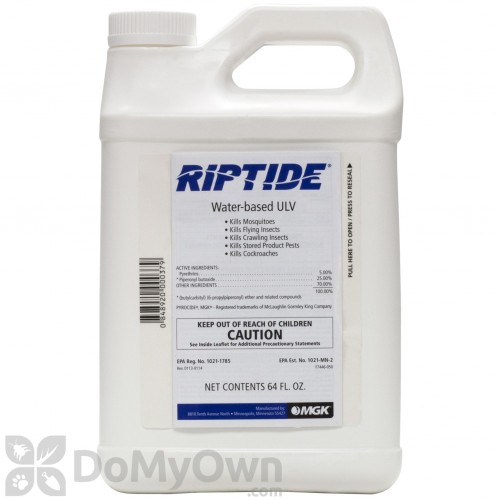Originally posted by Dirtymike
View Post
You first divide the % permethrin of the product you bought by .5 and that equals the total number of parts solution that you want to end up with. Since the original product itself is one of those parts, you subtract 1 from that number and that equals the number of parts water that needs to be mixed with the product to yield .5% permethrin.
Examples:
If your product is 10% permethrin.... 10 divided by .5 is 20. 20 parts total minus 1 part product =19 parts water. So mixing 1 part of that product with 19 parts water will yield 20 parts of .5% permethrin.
If your product is 36.8% permethrin.... 36.8 divided by .5 is 73.6. 73.6 parts total minus 1 part product = 72.6 parts water. So mixing 1 part of that product with 72.6 parts water will yield 73.6 parts of .5% permethrin.
An extreme example that will help it make sense... If your product is 100% permethrin.... 100 divided by .5 is 200. 200 parts total minus 1 part product =199 water. So mixing 1 part of that product with 199 parts water will yield 200 parts of .5% permethrin.
By the way, in thinking about all this and after reading Rchr's post, I realized I had miscalculated slightly in my first post because I didn't account for the one part product. I mixed 1 part 10% permethrin with 20 parts water (instead of 19 like Rchr stated). Which means my resulting solution was .476% permethrin. Still close enough to .5% for all practical purposes, but henceforth I will mix with 19 parts water.

I've been using this and can not tell the difference from Sawyer's. Just a lot cheaper.

 Thanks snakelover. Great explanation too. Thank you for breaking it down for me.
Thanks snakelover. Great explanation too. Thank you for breaking it down for me.





Comment